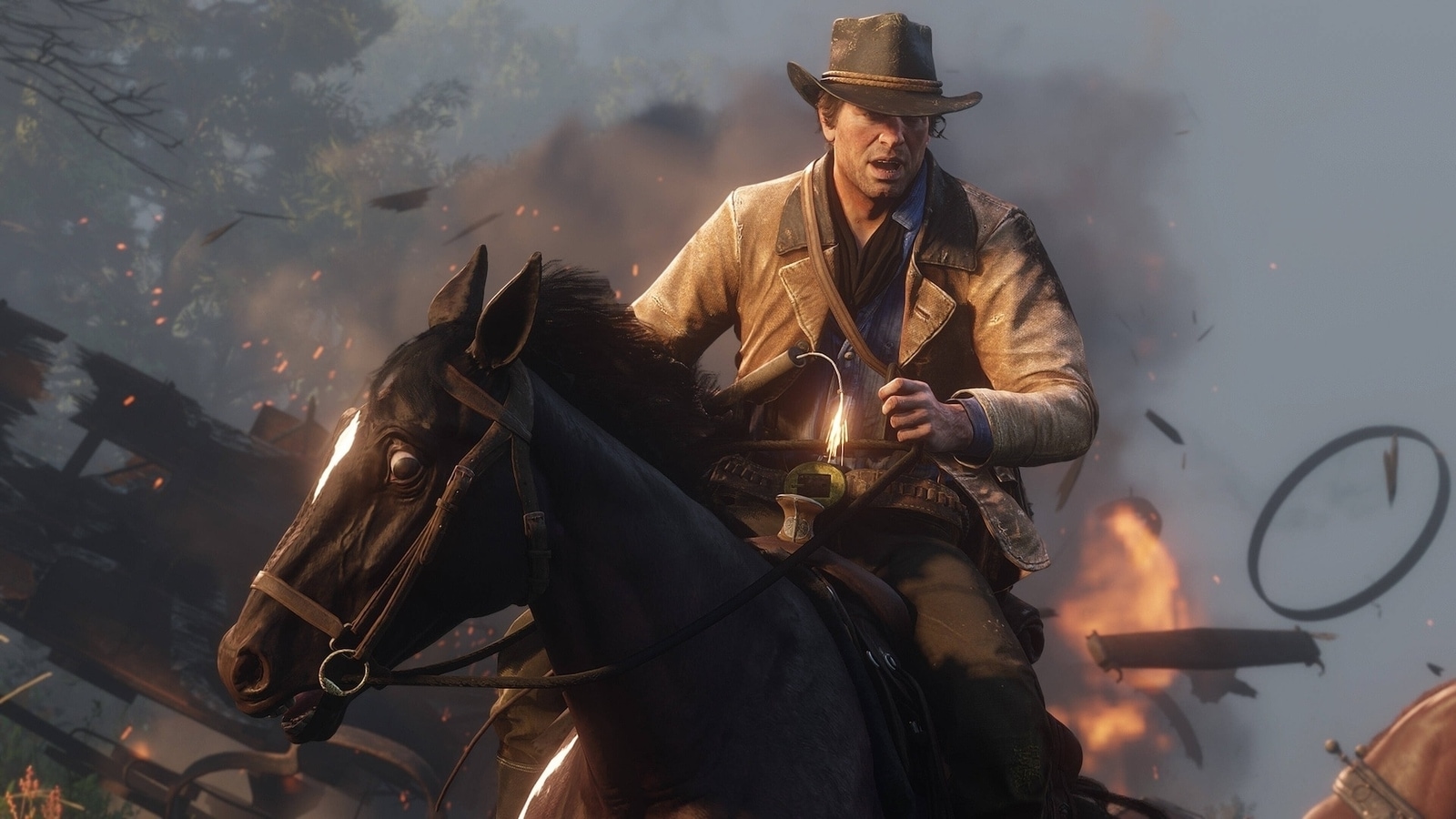One of the most impressive debuts in film history, François Truffaut’s “The 400 Blows” created a sensation at the 1959 Cannes Film Festival and elsewhere. It was voted the best foreign film of the year by New York film critics — a movie that “brilliantly and strikingly reveals the explosion of a fresh creative talent,” Bosley Crowther wrote in The New York Times.
Showing for two weeks at Film Forum in a new 4K restoration, the movie is not only crucial to one’s film education but well worth revisiting.
“Amazingly, this vigorous effort is the first feature film of M. Truffaut, who had previously been (of all things!) the movie critic for a French magazine,” Crowther noted. As a critic, Truffaut was particularly harsh on French “quality” films — so much so that Cannes denied him accreditation in 1958. Revenge was swift when he returned the following year and won the award for best director. (Marcel Camus’s “Black Orpheus” received the Palme d’Or. The third French film in competition, Alain Resnais’s “Hiroshima Mon Amour,” came up empty.)
“The 400 Blows” has two stars. One is the then-14-year-old Jean-Pierre Léaud, who plays Truffaut’s alter ego, Antoine Doinel, and thus began a career as the embodiment of the French new wave. The other is the city of Paris — gray, grimy and glorious — the arena for Antoine’s fleeting joys and petty crimes.
Antoine is an unwanted child, as was Truffaut. Punished by his teacher, rejected by his self-centered mother (Claire Maurier), he plays hooky, runs away from home, steals a typewriter, gets busted trying to return it, is booked by the cops and winds up in reform school. The movie is full of actual incidents from Truffaut’s childhood, including his fabricating his mother’s death as an excuse for truancy. Few movies have been so personal.
“The 400 Blows” is dedicated to the critic André Bazin, Truffaut’s mentor, who died just as the movie began shooting. The early scenes of the boy’s classroom misadventures strongly recall “Zero de Conduite,” the 1933 sendup of French education, directed by Truffaut’s great influence, Jean Vigo. There are other, more inside references, including the unlikely notion that Antoine’s parents might see a quasi-underground work-in-progress by Truffaut’s colleague Jacques Rivette, “Paris Belongs to Us.”
“The 400 Blows” is a landmark film for several reasons. It was likely the first openly autobiographical commercial feature, and as such caused Truffaut’s parents considerable distress. It also introduced one of the 1960s’ most resilient clichés — the concluding freeze-frame close-up. Truffaut got the idea from Harriet Andersson’s accusatory stare at the end of Ingmar Bergman’s “Summer with Monika” (as noted when Antoine steals a lobby card of Andersson’s “Monika”). But building on the wistful refrain that runs throughout, “The 400 Blows” ends on a note of sadness all its own.
Truffaut and Leaud returned several times to the character of Antoine Doinel. Film Forum is showing “The 400 Blows” with rotating screenings of later films like “Stolen Kisses” and “Love on the Run.” The character survives and even thrives. Yet it is the heartbreaking last shot of “The 400 Blows” that will fix his identity for as long as there are movies.
The Four Hundred Blows
Sept. 23 through Oct. 6 at Film Forum in Manhattan; filmforum.org
























